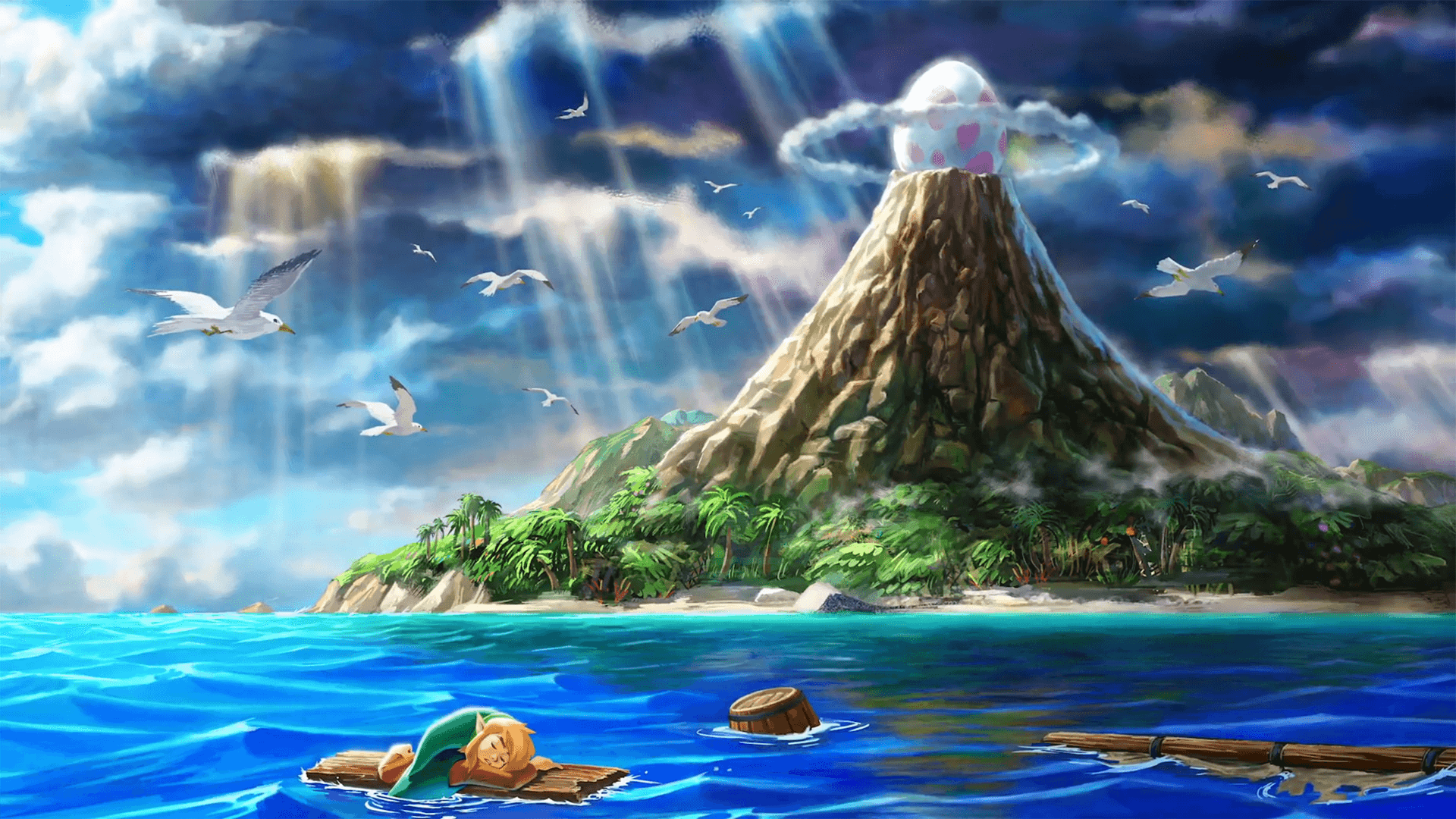It’s late 1996; John Major is serving his penultimate year as prime minister, GM foods are now on sale in the UK, the third Doctor/Worzel Gummidge has died, and we have a new James Bond in Pierce Brosnan. I am 11 years old. I am travelling to the Merry Hill Shopping Centre in Dudley with a £20 note tightly gripped in a clenched fist. I’m going to buy a video game.

During the one and a half hour drive, I play nothing but Tetris on my Game Boy. Tetris is a fantastic (perfect) game, but it becomes dull when it’s the only game that I haven’t finished. And no, I’m not good enough to have seen the rocket launch first hand. I am in need of a new Game Boy game. Specifically, I am on the lookout for The Legend of Zelda: Link’s Awakening.
A Little Background
In my formative years, I was a huge fan of the Zelda series. The Legend of Zelda was the third game to grace my Nintendo Entertainment System. This followed Super Mario Bros. and Castlevania. Thinking back, it was too difficult for me at the time. I can’t remember the core struggle, but I likely lacked the discipline to solve the more cryptic aspects of the game (this was also an issue in the rather impenetrable Castlevania II: Simon’s Quest).
The Legend of Zelda
However, I absolutely appreciated Zelda’s sprawling map, featuring caves and dungeons to explore. Every screen was littered with enemies to fight or people to interact with. To me, it was light years ahead of Super Mario Bros. It wasn’t simply a game, it was a world.
I was always fascinated by the concept of an inventory, the in-game currency and the concept of merchants. To this day, I believe The Legend of Zelda is to blame for my video game item hoarding. I always chose to save ammunition for special weapons or expensive items and instead use my default weapons until the end of the game, failing to ever use the ones that I was saving. It’s an annoying habit, and I have yet to shake it some 25 years later from those days on my NES. This hits me especially hard in every Resident Evil too…
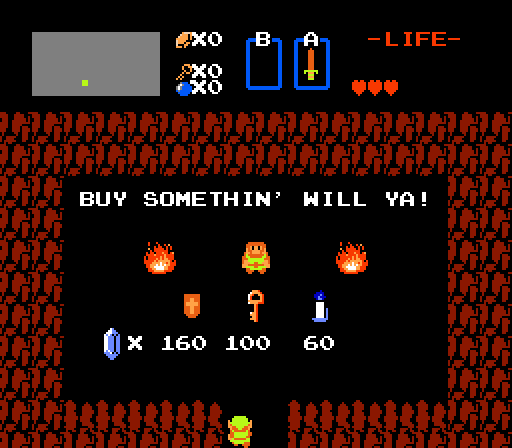
In later years, I replayed the game again on the GameCube’s Zelda compilation disc. And again recently via the Nintendo Switch Online NES library. I currently have a save game at the final dungeon (the furthest I have ever got)!
It’s not bad going back. It’s a little dated, but clearly features the foundations that the franchise is still known for. Many of these foundations were reprised in the latest Zelda title, Breath of the Wild, to critical praise.
A Link To The Past
Truth be told, my love of the franchise wasn’t cemented until A Link to the Past on the SNES. Upon that game’s release, I was at an age where I could fully appreciate the numerous series advancements. Not only enhanced graphics, more weapons/items and further realised characters, but a whole light/dark world mechanic. A mechanic that introduced environmental puzzles and a greater length of play. Over the years this became a trope, but at the time it gave the world an incredible sense of depth.
One of my first genuine memories of sadness in a video game comes from interactions with this light/dark world.
In the light world, the Haunted Grove features the ghost of a boy playing a flute – he vanishes on approach. However, if you return to this location in the dark world, you meet a creature reminiscent of this ghost. The creature sends you on a short quest between worlds in order to return his flute.
Once you return, he is too deformed my the dark world’s influence to play his flute. He asks you to play the flute for him, at which point he transforms into an inanimate tree…

This short vignette hit me hard. It highlighted that a game like Zelda could provide so much more than a gameplay sandbox, and perhaps that video games could make me feel something more than excitement or wonder. This stuck with me. Formative years indeed.
Back To 1996
I have one destination – Electronics Boutique. I split from the family unit and ignore every other shop, making a beeline to its doors. Disaster. It’s £30. It’s out of my budget. I appear in front of my mother and inform her of the distressing news. She tells me it’s £20 over at Index. Jackpot.
I bag Zelda and wish away the time before getting back to the car. There’s a large billboard advertising GoldenEye showings at the cinema. I want to see it, but the last showing is already underway. No matter, I have Zelda. That’s all I care about.
It’s night. The only light beaming down onto my first generation Game Boy screen is applied intermittently, courtesy of overhead motorway street lights. The lighting conditions aren’t perfect, but I’m playing Zelda and I’m smiling.
Link’s Awakening
The Legend of Zelda: Link’s Awakening was an odd title. The game didn’t feature Zelda or a princess at all. Instead, a Zelda stand-in known as Marin, daughter of Super Mario look-alike Tarin. This was the first of many Nintendo cameos in the game – another oddity where the Zelda series is concerned. It played similarly to A Link to the Past, with a comparable graphical style. Interestingly, the visuals were most likely a product of sharing an engine with “Kaeru no Tame ni Kane wa Naru”.
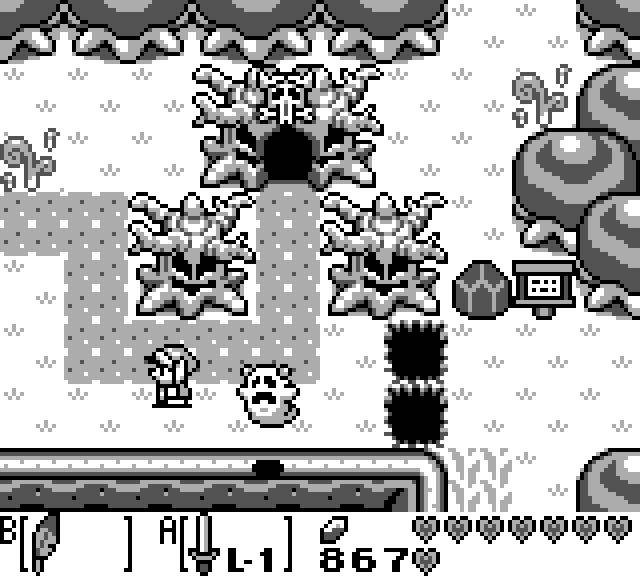
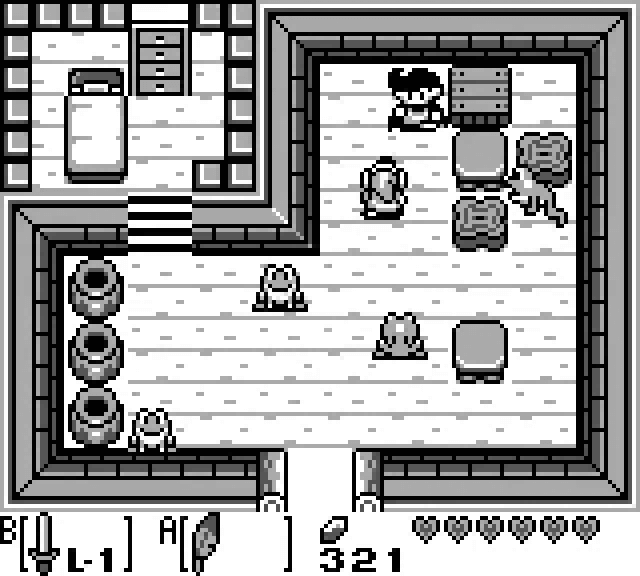
As with other Zelda titles, players guide Link (or THIEF) around the overworld between a series of dungeons. Each dungeon is home to puzzles, monsters and treasures. It’s conventional Zelda; use the dungeon spoils to overcome the challenges within and progress through the game. Only this time on the Game Boy! Zelda in the palm of your hand! That level of breadth and depth was rarely seen on portable systems in the early 1990’s.


Gameplay varied from the series’ simple top down combat to fetch quests to dungeon puzzles. One of the most memorable puzzles had you lugging a giant ball above your head and tossing it at a series of pillars to destroy them. Once all of the pillars were destroyed, the top floor of the dungeon dropped and filled the gaps in the floor below. It was interesting to have to think in three dimensions in a two-dimensional game.
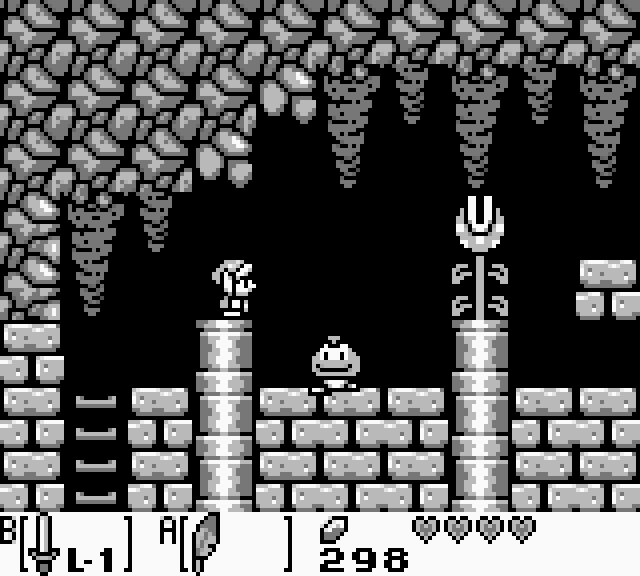
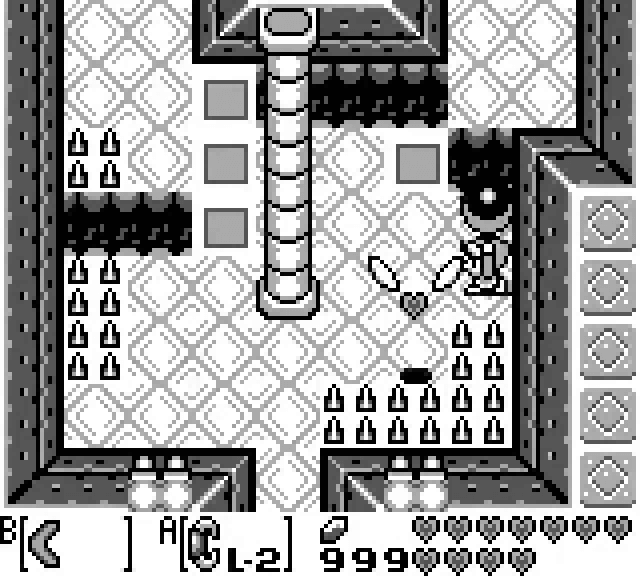
It wasn’t all rainbows and unicorns, however. With the Game Boy only having two buttons, controls were an issue. Constantly switching back and forth between game and inventory mid boss fight was not an unusual practise.
Minor negatives aside, Link’s Awakening was a fun game and took a good amount of time (and batteries) to get through – the overworld was huge and the number of secrets and fetch quests upped my game time considerably.
This game was one of my primary inspirations for making my first indie game, Jack B. Nimble. I had originally prototyped a dungeon crawler using a little explorer character (seen below) before switching to a platformer. Another reason why this game means so much to me.

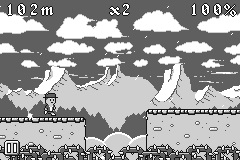
A Remake
Back in February, I was ecstatic to hear that Link’s Awakening would be getting a full remake. Only this time sporting toy-like visuals featuring heavy tilt shift to exaggerate the scale. It just looks adorable.
That game is out now, but I am simply too busy to play it at the moment. I merely felt the need to share my thoughts on one of my favourite video games of all time. I look forward to jumping into this soon.
Edit – 03/01/2020: I just finished the remake. It was lovely.

